Alarm system
doogan123
15 years ago
Related Stories
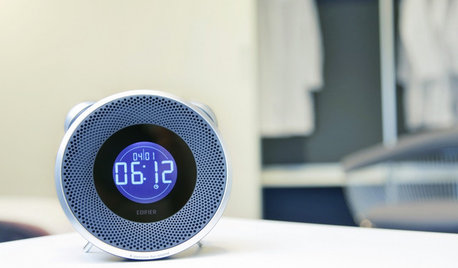
HOME TECHWake Up to the New World of Connected Alarm Clocks
Use your smart phone to enhance your alarm clock, to get more music and better sound than ever before
Full Story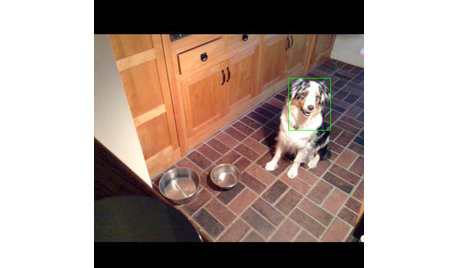
HOME TECHTurn Your Smart Phone Into a Home Security System
Monitor your home a less expensive way by putting your phone and some new gadgets to work
Full Story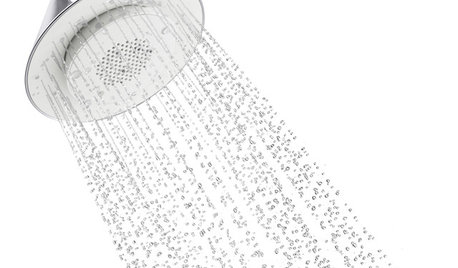
HOME TECH3 Shower Sound Systems That Beat Your Clunky Old Radio
Stream music, radio and podcasts — and even take phone calls — right in your shower, with wireless and water-resistant sound systems
Full Story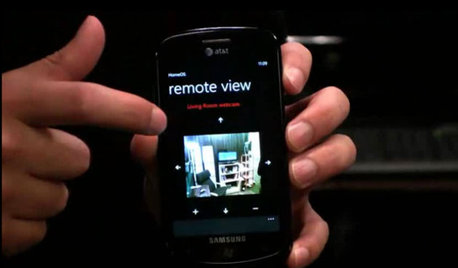
HOME TECHDoes Your Home Need an Operating System?
New technologies hope to unify the lawless frontier of home-automation products. Would they work for you?
Full Story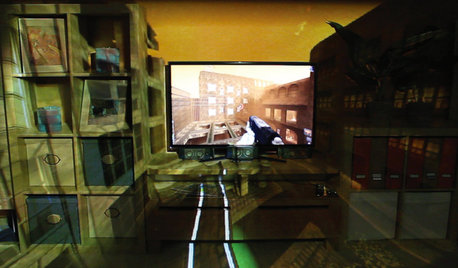
HOME TECHEmerging Virtual-Reality Home Systems Might Blow Your Mind
Get near-total immersion in home entertainment with virtual-reality gadgets worthy of a sci-fi flick, coming soon
Full Story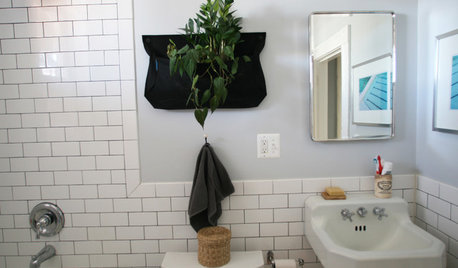
BEFORE AND AFTERSJumbled Style Goes Vintage Chic in a D.C. Bathroom Makeover
Sloppy on the outside and alarming on the inside, this row house bathroom now sports a clean new look and systems that work
Full Story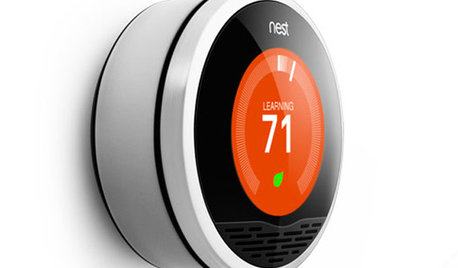
HOME TECHHome Tech: There's an Easier, Affordable Future for Home Automation
Say goodbye to the headaches and high price of current systems, and hello to home automation products for the masses
Full Story
HEALTHY HOMEA Guide to Indoor Air Purifiers
Get the lowdown on air filtration systems for your house and the important ratings to look out for
Full Story
HOME TECH6 Sound Solutions for the iPhone Home
Listen up: An iPhone and one of these stylish audio systems let your music look as good as it sounds
Full Story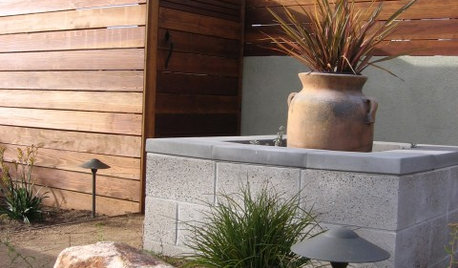
FENCES AND GATESModern Fencing for a More Secure Home
Deter would-be burglars without robbing your home of style, by installing a modern fence like one of these
Full StoryMore Discussions








garymunson-2008
edge540
Related Professionals
Holtsville Architects & Building Designers · South Barrington Architects & Building Designers · Forest Hill Home Builders · Glenn Heights Home Builders · Highland Village Home Builders · Browns Mills General Contractors · Clive General Contractors · Conneaut General Contractors · Goldenrod General Contractors · Greenville General Contractors · Meadville General Contractors · Mentor General Contractors · Midlothian General Contractors · Van Buren General Contractors · Welleby Park General Contractorsmuddypond
sniffdog
doogan123Original Author
garymunson-2008
sniffdog
davidandkasie
thull
sniffdog
doogan123Original Author
woodinvirginia
johnbss_gmail_com